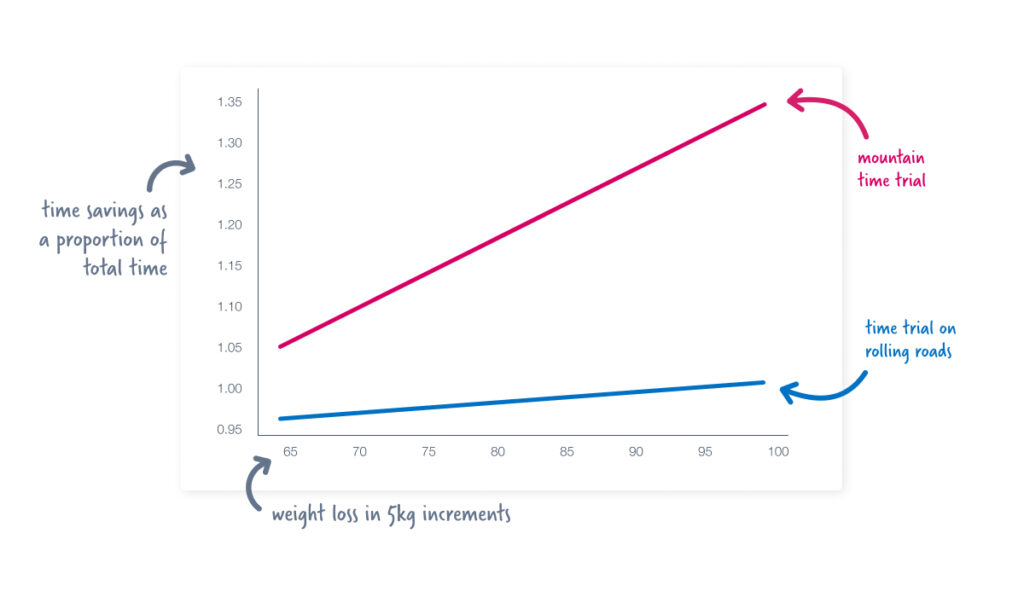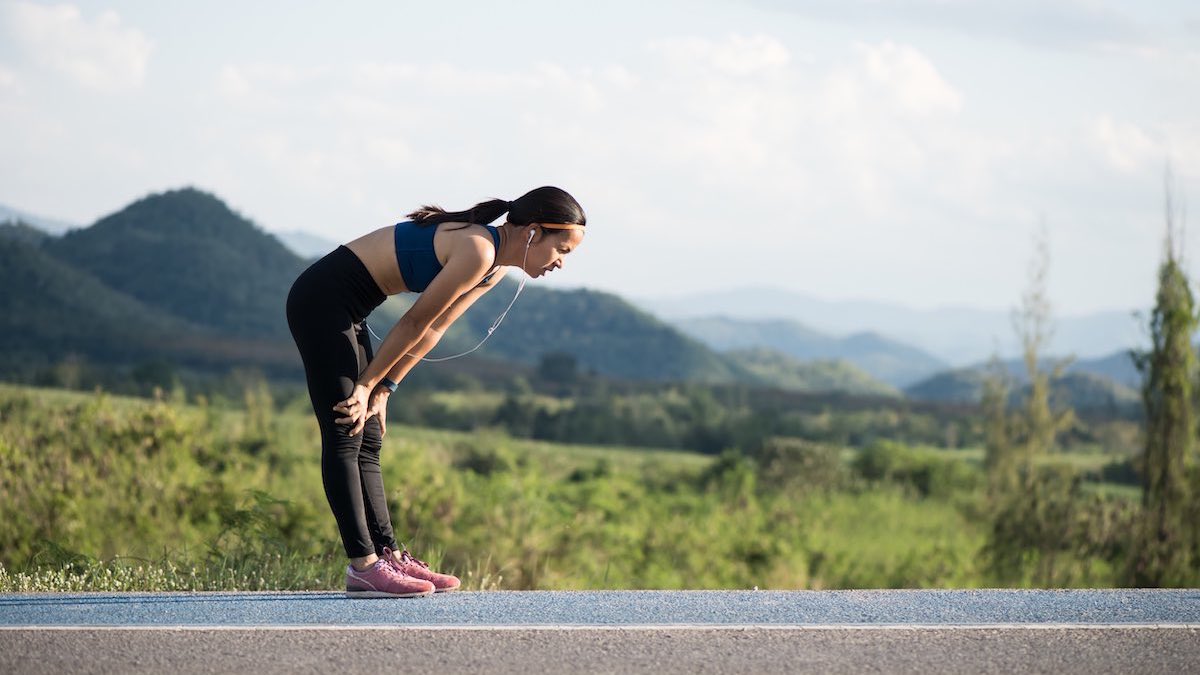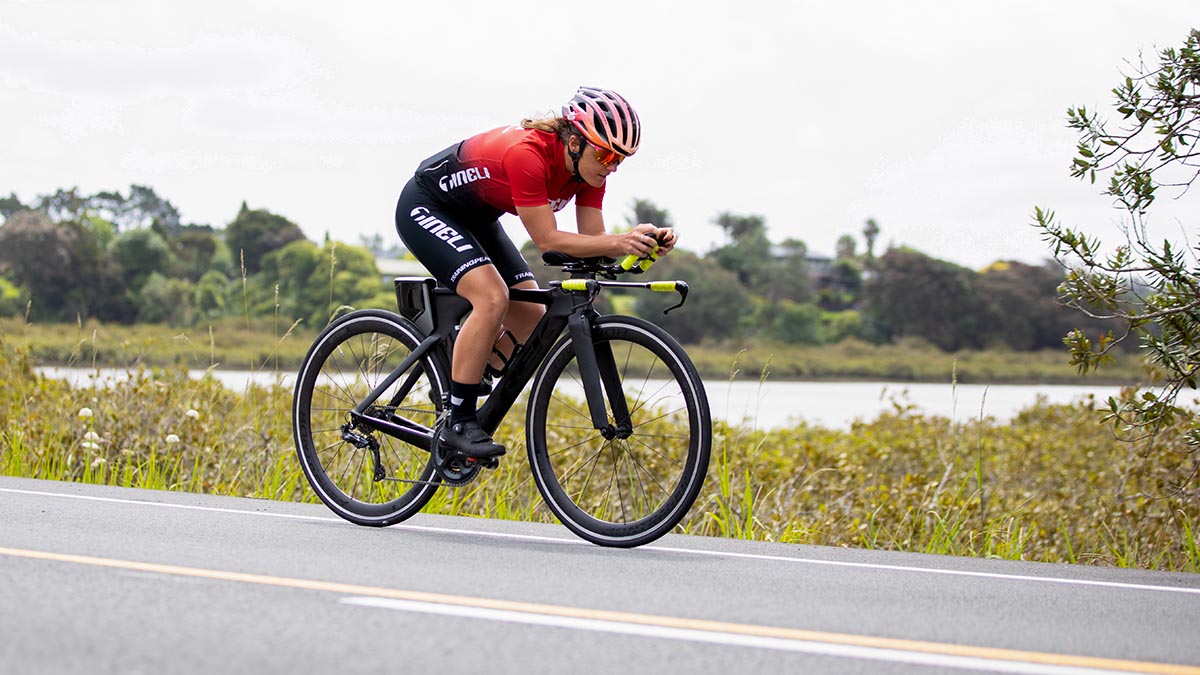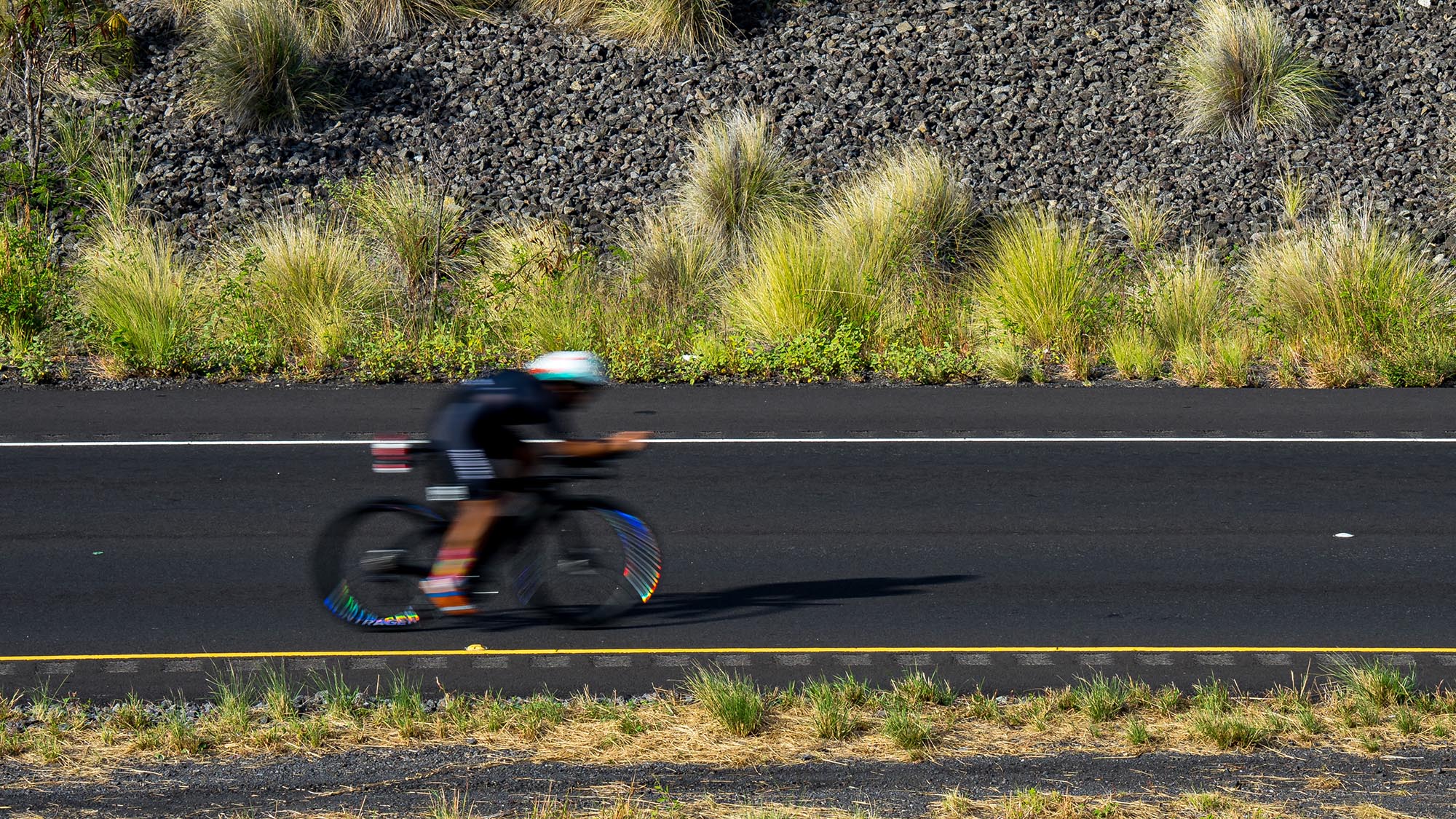Long gone are the days of coaches advocating for athletes to be as light as possible. It’s now generally accepted that an “optimal race weight” depends both on the individual and the event.
Still, weight loss is a sensitive subject in endurance sports. If you’re considering advising an athlete to lose weight, you need to take into account many factors and risks associated with weight loss. This blog explains the role weight plays in endurance athletes and uses data to determine whether or not it makes much of a difference when it comes to performance.
How Weight Loss Affects Endurance Athletes
Most endurance sports require athletes to work against gravity, whether it’s cycling up a hill or pushing off the ground when running. And when it comes to working against gravity, less body weight = less work.
Less weight might also mean a lower risk of injury. A lighter athlete produces a lower force, meaning there’s a potential decrease in injury.
On the other hand, weight loss might also increase injury risk. While a lighter athlete generates lower impact, an underweight athlete might suffer from low energy availability. According to an article in the International Journal of Sport Nutrition and Exercise Metabolism, low energy availability can significantly increase the risk of a bone stress injury.
Additionally, athletes who lose weight might suffer from less raw power. Often, power and CdA (or raw power) are more important than power to weight. An equally aero athlete who is heavier is likely to outperform a lighter rider over flat or rolling terrain.
At What Point Does Weight Matter?
Whether or not weight makes a difference depends on the course and the sport. An obvious example where weight makes no difference is swimming. In swimming, you use buoyancy force, which is a product of density rather than mass. However, in sports like running, weight is important as you’re working against gravity with every single step.
But this doesn’t mean that lighter is always better. A recent study shows that although a drop in absolute VO2 max is often observed with weight loss, a lighter athlete won’t have the same capacity to expend energy as a heavier one. Chronic energy expenditure ability is the training ceiling of any athlete.
A deficiency in energy can lead to all kinds of issues, including increased injury risk, according to this article published in the British Journal of Sports Medicine. (Learn more about Relative Energy Deficiency in Sport (RED-S) and the female athlete triad here: The Risks of Relative Energy Deficiency in Sports.)
There comes a point where weight matters, though. Although lighter weights are faster, the question of “how much faster” depends on a number of things. Let’s take a look at a race and run a numerical experiment, for example.
What The Data Tells Us
The laws of physics allow us to estimate how much time losing various amounts of weight might save during the course of a race. For this, I used a rolling 90 km course (half-iron cycling distance) and viewed an athlete’s time to see how much weight matters. Then I compared this to an alpine climb, using the same methods.

The plot shows time savings from weight loss in 5kg increments from 64kg to 100kg during a mountain time trial (pink) and a time trial on rolling roads of similar duration (blue). As the courses are not exactly equal in duration, each time was normalized to the slowest time.
The key here is to notice the rate of change. Much more prominent time savings are seen in the uphill time trial versus the rolling time trial. Most race courses are probably significantly closer to the course represented by the blue line rather than the orange. This tells us that the performance gains from weight loss are often marginal.
Essentially, weight loss will save you time when you’re working against gravity. Traditionally, our ability to work against gravity has been measured in W/kg, a metric that is important in some cases but doesn’t paint the entire picture in the context of a race.
Weight becomes important as the race course tilts upward: the steeper it gets, the more important weight becomes.
Weight Loss Doesn’t Guarantee Faster Times
As mentioned before, whether or not weight loss affects performance depends on the situation. In some instances, it saves you a boatload of time. In others, it makes no difference whatsoever.
Remember that weight loss isn’t a quick fix to faster times. Consistency is the crux of endurance training – athletes who train consistently over long periods of time are often rewarded with performance gains.
In separate interviews with Scientific Triathlon, world-class coaches David Tilbury Davis and Louis Delahaije both draw from the principles of Nassim Taleb’s book, “Antifragile, Things that Gain from Disorder.” They want to make their athletes as antifragile as possible.
Should You Recommend Weight Loss to Your Athlete?
As a coach, you ultimately need to ask yourself whether or not advising weight loss is a risk worth taking.
Attempting any change in body composition is always a risk. Will the process of weight loss cause fragility that threatens your athlete’s consistency? What’s the actual performance payoff?
As a physicist, I’m a fan of using data to make unbiased decisions. The data tells us that unless there is a lot of steep gain on a course, losing weight will be of marginal gain and threaten injury over the athlete and coach managing the course with effort and nutrition.
In other words, if your athlete is a healthy weight and primarily races on flat or rolling courses, the energy deficit required for weight loss probably isn’t worth the risk.
If you decide with your athlete that losing weight is worth it, I recommend starting slowly and well in advance before any key races to avoid energy deficiency. I also recommend working with an expert nutritionist.
Making sure to avoid large, chronic energy deficits and fueling adequately for high-intensity efforts/long sessions enables your athlete to train consistently while losing weight.
And remember: weight is just one tiny facet of racing. A consistent, healthy athlete is much more likely to hit a new PR than one who is undernourished.
References
Eriksson, M. (2021, April 21). The evolution of coaching principles and practices with David Tilbury-Davis | EP#283. Retrieved from https://scientifictriathlon.com/tts283/
Eriksson, M. (2021, August 30). Training talk with Louis Delahaije | EP#301. Retrieved from https://scientifictriathlon.com/tts301/
Heikura, I. et al. Low Energy Availability Is Difficult to Assess but Outcomes Have Large Impact on Bone Injury Rates in Elite Distance Athletes. Retrieved from https://journals.humankinetics.com/view/journals/ijsnem/28/4/article-p403.xml?content=abstract
Lee, J. et al. (2021, December 21).Is there really a proportional relationship between VO2max and body weight? A review article. Retrieved from https://journals.plos.org/plosone/article?id=10.1371/journal.pone.0261519
Statuta, S. et al. (2017, October 17). Relative energy deficiency in sport (RED-S). Retrieved from https://bjsm.bmj.com/content/51/21/1570.abstract








